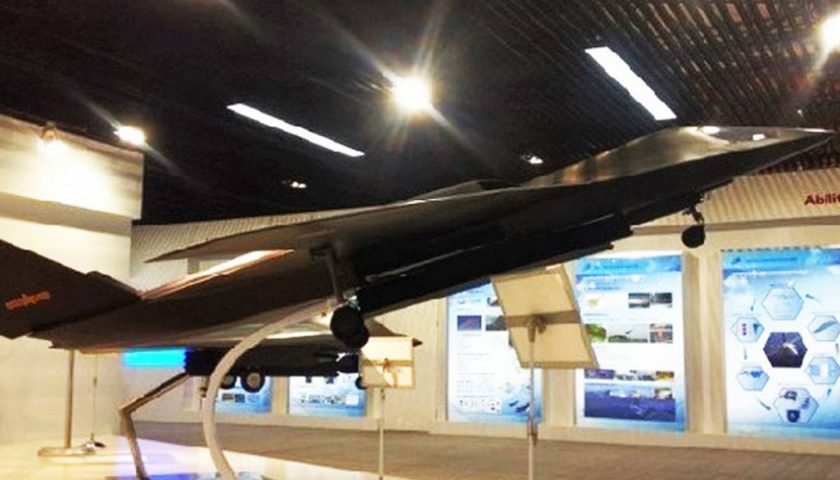Chinese military authorities announced the entry into service of a new version of the JH-fighter bomber7, the JH-7AII, presented as having performance and firepower greater than that of the JH-7A, without giving more details on the improvements made. This could be the aircraft identified until now as JH-7B, equipped with more powerful Chinese WS9 engines, more extensive carrying capacities, notably to use precision weapons and the supersonic anti-ship missile YJ -12, as well as an in-flight refueling boom. In these conditions, why talk about it? This non-information is actually interesting in more than one way.
First of all, many observers of the Chinese defense industry have been waiting, for several months, for the presentation of the successor to the JH-7, currently identified as the JH-XX. It would be a 5th generation fighter bomber, with enhanced stealth, displaying an offensive potential much greater than that of the Jh-7A, even if it was AII, whose first flights would have been observed by various Chinese spotters. The existence of this program had also been confirmed by American intelligence, ineur annual report on Chinese power 2018.

This new aircraft should therefore, logically, soon begin replacing the JH-7, of which the 270 examples in service were built between 1991 and 2017, and which are reaching their age limit. The announcement of this new version of the JH-7, construction of which apparently began when JH-7A deliveries ended, opens the field to several hypotheses:
- The entry into service of the JH-XX would be delayed, either due to technical problems or operational constraints. Remember that although Chinese industry officially has two 2th generation aircraft, the J-5 and the FC-20, the Chinese armies currently only have around twenty J31s. Production of the aircraft is slowed down, without knowing whether this is a decision to allow the new PLA structures to reach a certain degree of maturity on more rustic aircraft, such as the J20. or D10/11; or if there are technological constraints that prevent mass production.
- The commissioning of the JH-XX would be “confidential”, like the F117 at the end of the 80s in the US Air Force, to have an unsuspected operational asset if the country were to start a high intensity conflict , like the capture of Taiwan for example. In this hypothesis, the JH-XX would act as a force multiplier, available in small quantities, to support the action of previous generation airliners, in this case the JH-7, as well as the multipurpose J10C and J16.
- The JH-XX program would have been nothing more than a decoy, intended to put pressure on the United States and its allies. Without being able to be ruled out, this hypothesis seems unlikely, because the USA already has the F22 and the F35, the existence of the JH-XX would not have led to profound changes in the postures and plans of the adversary.

The most likely answer would be at the crossroads of the first two hypotheses, knowing that for the moment, the Chinese forces are engaged in a very methodical plan of increase in power, in which 5th generation devices would have little value added in the short term. On the other hand, having one or two elite squadrons equipped with these aircraft, like those using the J-20, would open up tactical options that should not be overlooked, while leaving doubt about the existence or no such devices.
This strategy would also be similar to that targeted by Russia with the Su-57, the aircraft being enter service very gradually from 2022, at a rate of 10 aircraft per year, without suspending the delivery of modernized 4th generation aircraft, such as the Su35s, and the modernization of existing aircraft, such as the Su30SM and the Su34. Unlike the West, China and Russia build their air power on the complementarity of specialized aircraft, and not on the versatility of a single aircraft assigned to all tasks. Knowing the availability problems encountered by the F22 and F35 today, we are entitled to wonder if the Sino-Russian approach is not, in fact, more effective in absolute terms...
